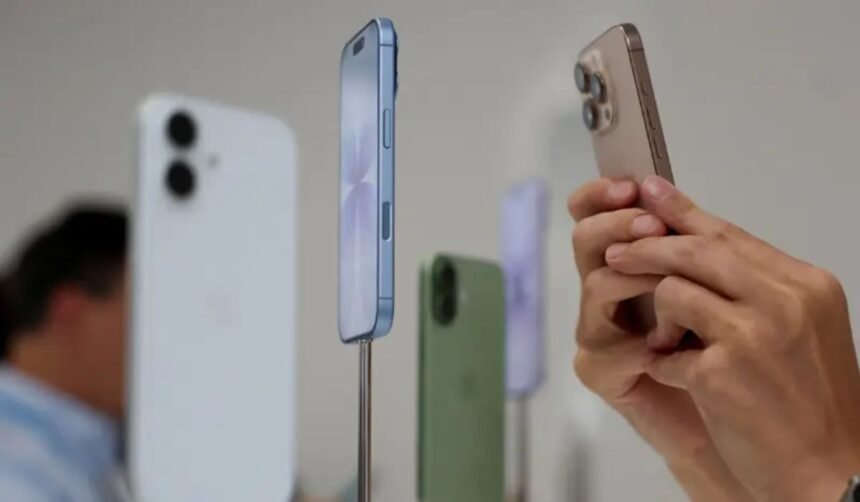Apple is using design, rather than software, to differentiate its latest iPhones. The iPhone 17 Air, unveiled at its Cupertino event, marks a pivot away from screen size as a selling point and toward ultra-thin engineering.
At just 5.6mm, the iPhone Air is thinner than any rival flagship on the market. Its slim profile, powered by the A19 Pro chip and promising 24-hour battery life, is being seen as a prelude to Apple’s long-rumoured foldable phone. Samsung and Huawei already dominate that niche, but Apple is believed to be working toward a 2026 launch.
However, building slimmer devices brings challenges. Reduced battery space and higher manufacturing costs risk hitting margins. Trump-era tariffs have already weighed heavily on Apple, costing $1.1 billion this quarter. Despite this, Apple kept its iPhone prices unchanged.
Read More: PKR Outlook Uncertain Despite Stable Market Trend
The event also showcased AirPods Pro 3 and Apple Watch Series 11, but analysts focused on whether Apple can sustain profit margins in the face of tariffs and slowing global demand.
The company’s AI progress remains muted. Updates to “Apple Intelligence” were modest, leaving critics to argue Apple is still trailing in the AI race. Investor unease was reflected in a 1.4% dip in Apple shares after the event.
Apple hopes the iPhone 17 Air will reignite consumer excitement and trigger an upgrade cycle. Whether design alone can achieve that, in an AI-driven industry, remains uncertain.


